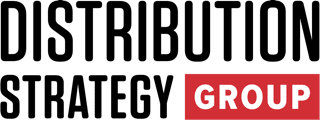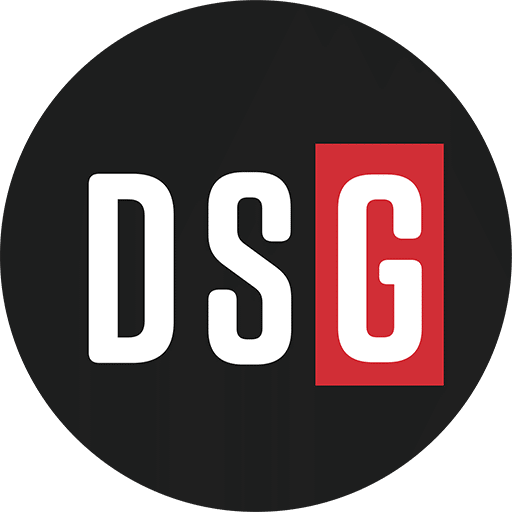Genuine Parts Co. has developed a digital tariff calculator designed to give distributors and customers a clearer picture of how U.S. trade tariffs could affect part-level pricing and procurement decisions.
Built by the company’s internal technology teams, the tool lets customers upload their purchase data and instantly see which stock-keeping units (SKUs) may be impacted by current or proposed tariffs—especially those involving Chinese imports. The calculator matches SKUs to tariff classifications and overlays sourcing information, enabling customers to identify affected products and estimate cost changes in real time.
CEO Will Stengel, speaking on the company’s second-quarter earnings call, described the calculator as a response to mounting customer uncertainty. “It allows customers to understand their specific exposure to tariffs and the solutions we can offer to help them problem solve,” he said.
The company has integrated the calculator into customer meetings, using real-world data to walk clients through scenarios. “It’s a SKU-by-SKU, day-by-day game,” Stengel said, noting the complexity of managing tariffs across a product catalog that includes millions of parts.
To keep the tool up to date, Genuine Parts has formed a “global cross-functional command center” that monitors trade activity, updates tariff databases, and evaluates the implications for pricing and supply. The group meets several times per week to maintain accuracy and support customer conversations.
About 20% of the company’s U.S. auto parts are sourced from China, a figure CFO Bert Nappier said is in line with industry averages. While tariffs have not yet resulted in significant cost increases this year, he expects impacts to rise in the third quarter. “The cadence really builds from here,” Nappier said.
The calculator is already being piloted with selected industrial customers, and the company may expand its access as trade conditions evolve. “We were with a customer showcasing it,” said Stengel. “It’s been well received.”
Genuine Parts is also investing more broadly in digital capabilities. Online sales now make up 40% of revenue in its industrial segment, up more than 10 points from a year ago, driven by features like dynamic pricing and AI-based product recommendations.
Stengel framed the tariff tool as part of a larger push to help distributors manage risk with greater precision. “We think this is a good example of transparency and practical support at scale,” he said.
Don’t miss any content from Distribution Strategy Group. Join our list.


